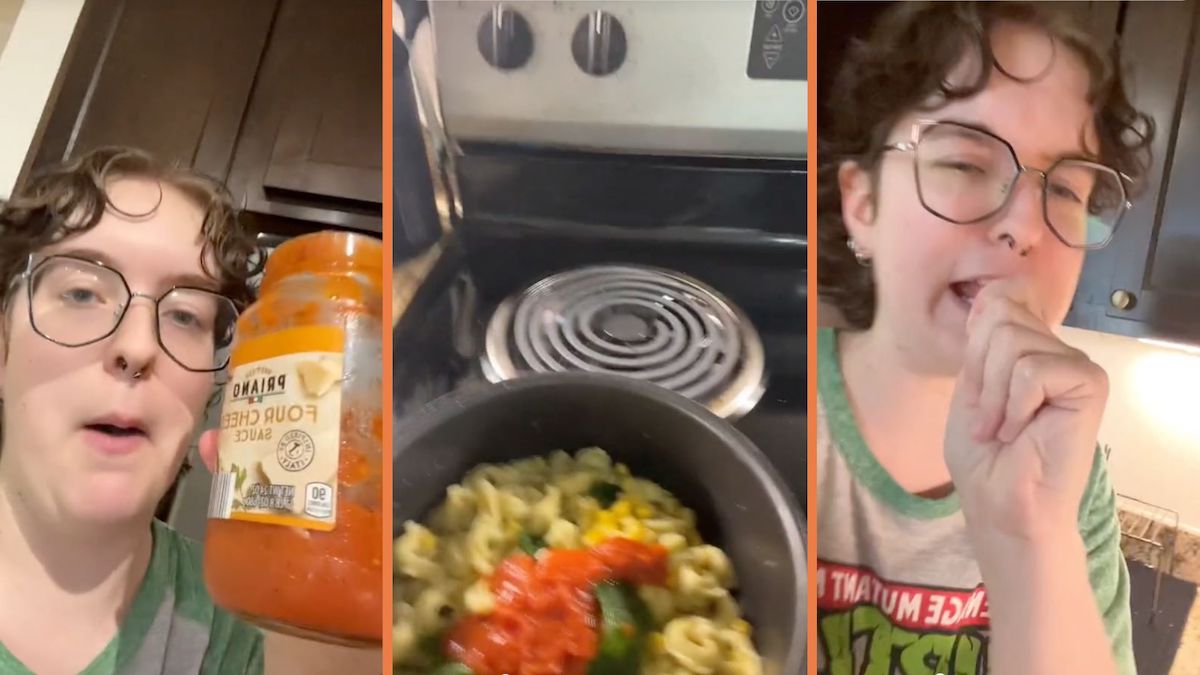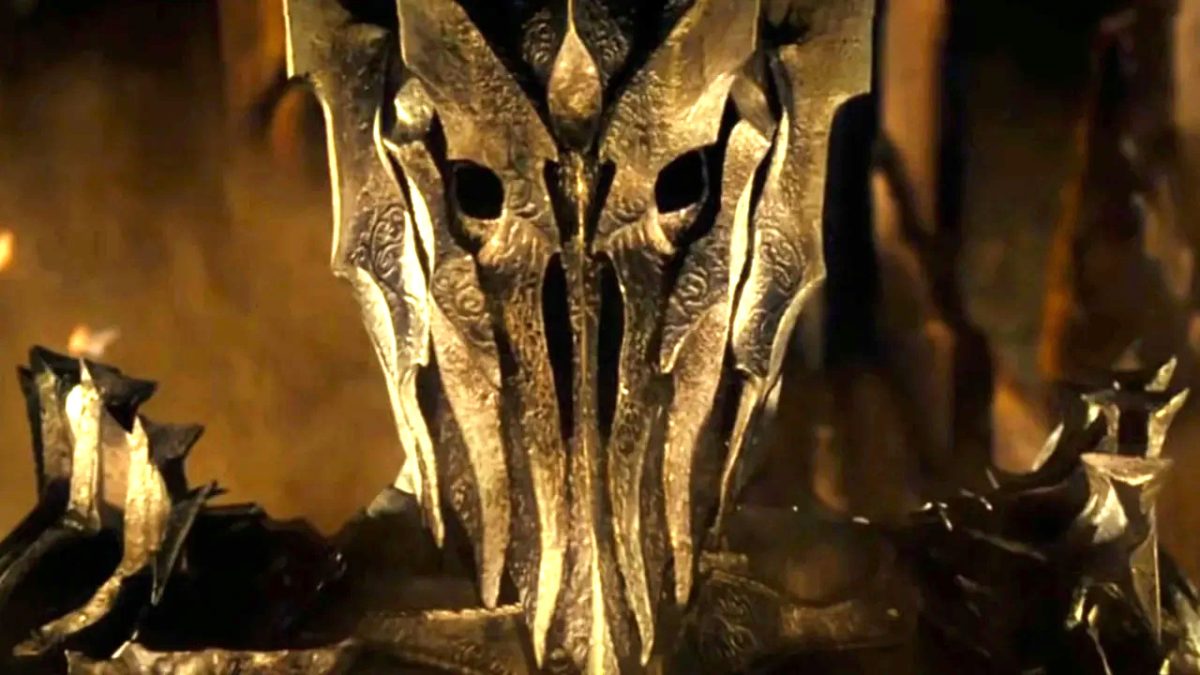It’s no secret that the death of Michael Myers at the end of 1981’s Halloween II was meant to be permanent, allowing the Halloween franchise to spread its wings, leaving behind its iconic masked killer to head out into new territory and become an anthology series that could tell all sorts of new tales wrapped up in the spirit of the season. For John Carpenter and Debra Hill, the Myers story was done, and thus Halloween III: Season of the Witch was born, hitting theaters just a year after Halloween II with the two series creators stepping back purely into producer roles so that Tommy Lee Wallace – a frequent Carpenter collaborator at the time – could take on writing and directing duties.
In my defense of Halloween II, I discussed how the franchise has several underrated entries, that film being the first of the bunch, and I would argue that none of them have had it as hard as Halloween III, which was met with such a cold response upon release that the anthology idea was immediately shelved. In the years that followed, Carpenter and Hill gave up their rights to the late Moustapha Akkad, an executive producer on the first three films and the man who would oversee the series until his death in 2005, while Myers was brought back in 1988’s Halloween 4: The Return of Michael Myers to remain the permanent face of Halloween, with Halloween III buried under the series’ legacy as nothing more than a failed experiment.
Fortunately, time has been relatively kind to Halloween III, which has earned a cult following that has come to appreciate its attempt to do something fresh, but on a wider scale, it’s still often stigmatized by many as “that one without Michael,” as if that alone makes it not worth the time. And though it’s far from perfect – it has a handful of issues that I’ll discuss a bit later – it’s still a very entertaining film and a solid start for something that never ultimately came to pass that I feel deserves a better reputation based on what it is (a fun Halloween tale) rather than being dismissed for what it isn’t (another Myers story).
Now, if it’s been a while since you’ve seen the movie, here’s a refresher on what it’s all about: Following the murder of Harry Grimbridge (Al Berry) and the self-immolation of his killer at a hospital, Harry’s doctor, Dan Challis (Tom Atkins), teams up with Harry’s daughter, Ellie (Stacey Nelkin), in an attempt to find out why he was murdered. Their investigation leads them to the creepy town of Santa Mira, home of Silver Shamrock Novelties, a company founded by the enigmatic Conal Cochran (Dan O’Herlihy), where they uncover a plot by Cochran to kill countless people via popular Halloween masks that Silver Shamrock has distributed, each armed with a microchip set to activate during a fake televised prize giveaway on Halloween night and kill the wearer.






